
Japanese Giant Salamander
Japanese Giant Salamander
Japanese Giant Salamander
The Japanese Giant Salamander is a unique creature native to Japan, noted for its distinctive features and ecosystem. Residing in the pristine rivers of deep mountainous areas, it is known for its remarkable adaptability. Explore its secrets in this article!
Japanese Giant Salamander Basic Infomation
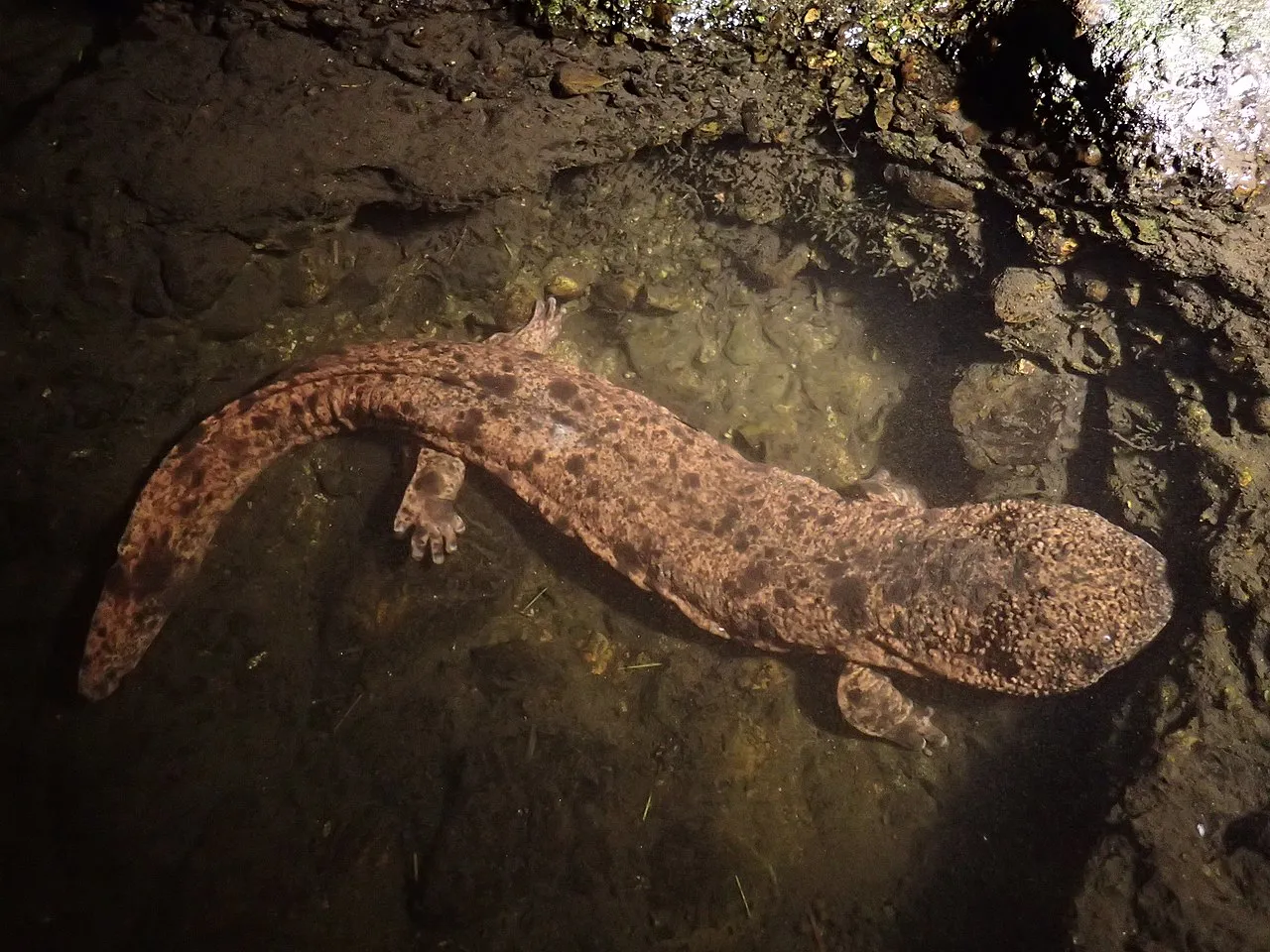
| Property | Value |
|---|---|
| Scientific Name | Andrias japonicus |
| Taxonomic Status | Accepted |
| Rank | Species |
| Kingdom | Animalia |
| Phylum | Chordata |
| Class | Amphibia |
| Order | Caudata |
| Family | Cryptobranchidae |
| Genus | Andrias |
| Conservation Status | Near Threatened |
| Common Name | Japanese giant salamander |
| Description | The Japanese giant salamander is the world's third-largest salamander, capable of reaching up to 1.5 meters in length. It is fully aquatic and nocturnal, has poor eyesight, and uses special sensory cells to detect vibrations. |
| Habitat | Endemic to Japan, inhabits clear streams |
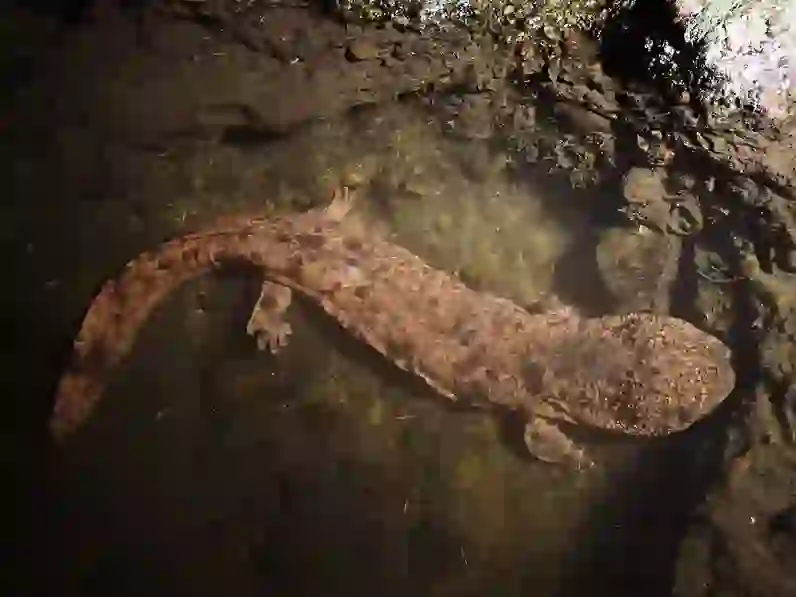
Description
The Japanese giant salamander is the world’s second-largest salamander, inhabiting the cold mountain rivers of Japan. It grows up to 1.5 meters long and weighs about 25 kilograms. It is nocturnal, spending its days under rocks, and due to its very poor vision, it uses special sensory cells to detect vibrations in the water.
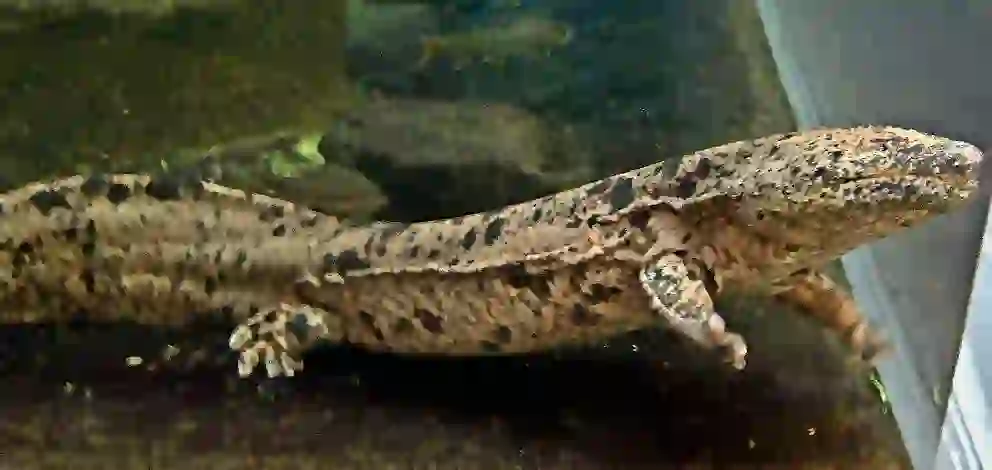
Diet
The Japanese giant salamander is carnivorous, primarily eating fish, insects, and small mammals. Due to its slow metabolism, it can survive weeks without food.
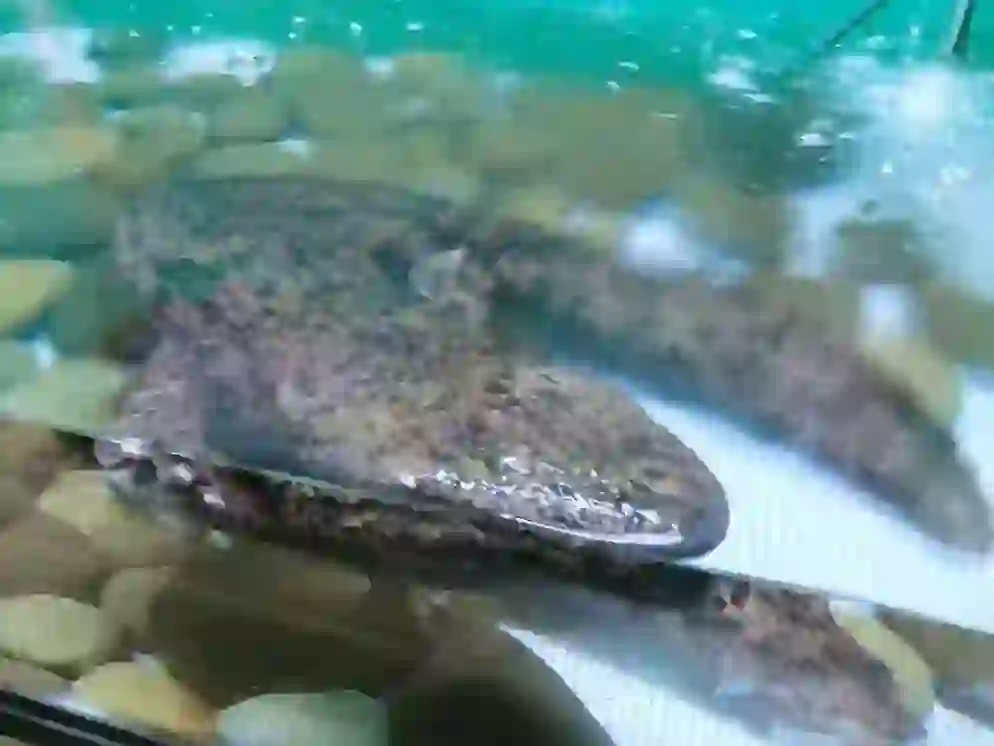
Breeding
During the breeding season, males dig burrows in the riverbed and defend their territories. Females lay eggs in these burrows, and males fertilize them, then guard the eggs for about 40 to 60 days until they hatch.
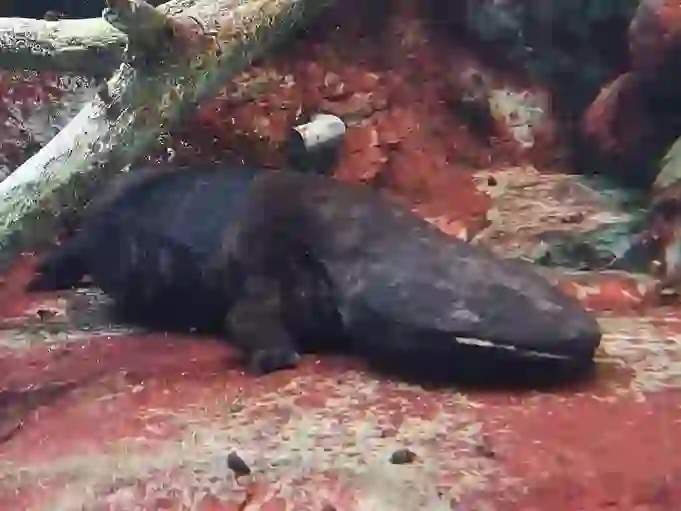
Conservation Status
Designated as a special natural monument in Japan, the Japanese giant salamander faces threats from habitat loss, water pollution, and fragmentation due to dam construction. These factors significantly impact their survival.
Japanese Giant Salamander Q&A

What is the origin of the name 'Japanese giant salamander'?
The Japanese giant salamander is also known as 'Hanzaki', a name derived from an old Japanese word referring to their regenerative abilities. Additionally, 'Japanese giant salamander' translates to 'large pepper fish', named for the peppery-smelling white mucus it secretes when stressed.

Why does the Japanese giant salamander live there?
Japanese giant salamanders prefer cold, oxygen-rich flowing waters, making such environments ideal for their habitat. They absorb oxygen through their skin, necessitating clean, oxygen-rich water.

What does the Japanese giant salamander eat?
Japanese giant salamanders are carnivorous, mainly feeding on fish, insects, and small mammals. They have a very slow metabolism, allowing them to survive for weeks without food.

How does the Japanese giant salamander protect itself?
When stressed or threatened, Japanese giant salamanders secrete a white mucus that smells like Japanese peppers, which is unpleasant or toxic to predators, effectively protecting themselves.
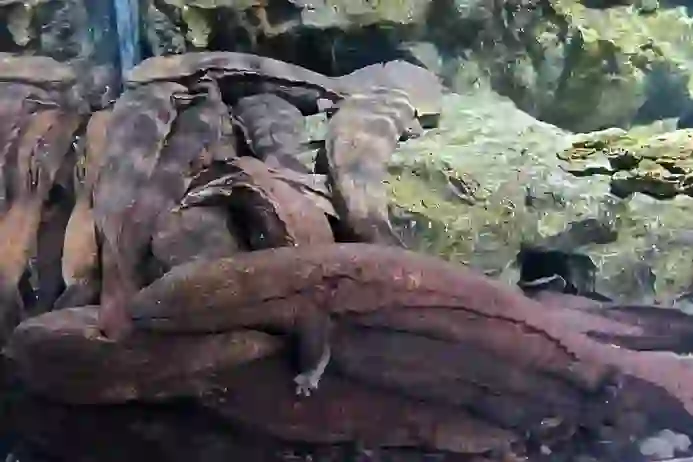
What are the characteristics of the Japanese giant salamander's breeding behavior?
During the breeding season, males secure burrows where they invite females to lay their eggs. The males then fertilize the eggs and protect them until they hatch, continuously fanning the eggs to provide oxygen.
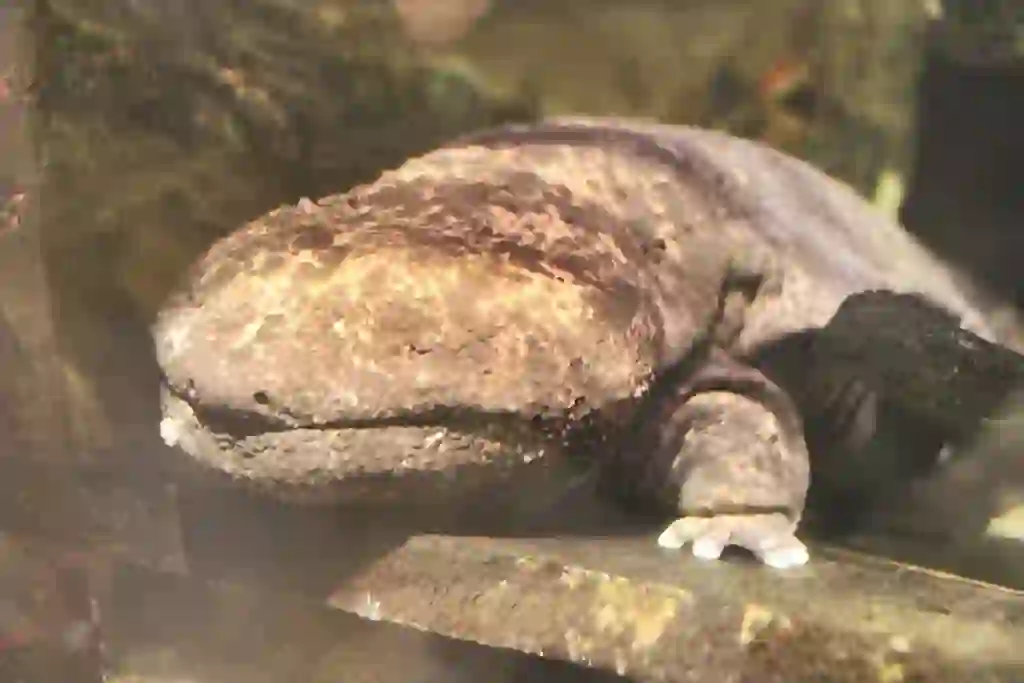
What are the main environmental challenges faced by the Japanese giant salamander?
Japanese giant salamanders are particularly vulnerable to habitat destruction and water pollution. Specifically, dam construction and agricultural activities that cause sediment deposition in rivers negatively affect their habitats, making access to breeding sites difficult.

Would you like to become a part of the 'Animalbook.jp'?
Turn your knowledge into Q&A and share it with the world. ※Publication will be activated after purchase. Let's share information together!
Japanese Giant Salamander Type of List

- Japanese Giant Salamander
Information
Congratulations! You are the first commenter!

Create Your Favorite List!
Japanese Giant Salamander
Save the animals you love! Build your own list to quickly revisit your favorites later.

Would you like to leave a comment?
※Please note: This is for the purchase of rights to post comments within the article.
Find Your Favorites!
Our shop offers a unique and attractive selection of goods themed around various animals.
Japanese Giant Salamander References
Japanese Giant Salamander Introduction of media used

Salamandra2021, CC BY-SA 4.0, via Wikimedia Commons

SMcCandlish, cropped from original by Opencage, CC BY-SA 2.5, via Wikimedia Commons

Motokoka, CC BY-SA 4.0, via Wikimedia Commons

J. Patrick Fischer, CC BY-SA 4.0, via Wikimedia Commons

Oilstreet, CC BY-SA 3.0, via Wikimedia Commons

RedGazelle123, CC BY-SA 4.0, via Wikimedia Commons

Help Enrich Our Animalbook.jp with Your Media!
We are constantly looking to expand and enrich our Animalbook.jp with amazing photos and videos of animals. If you have any media that you'd like to share, please contribute and help us showcase the beauty and diversity of the animal kingdom. Your submissions will be credited and featured in our encyclopedia, reaching a wide audience of animal lovers.


















